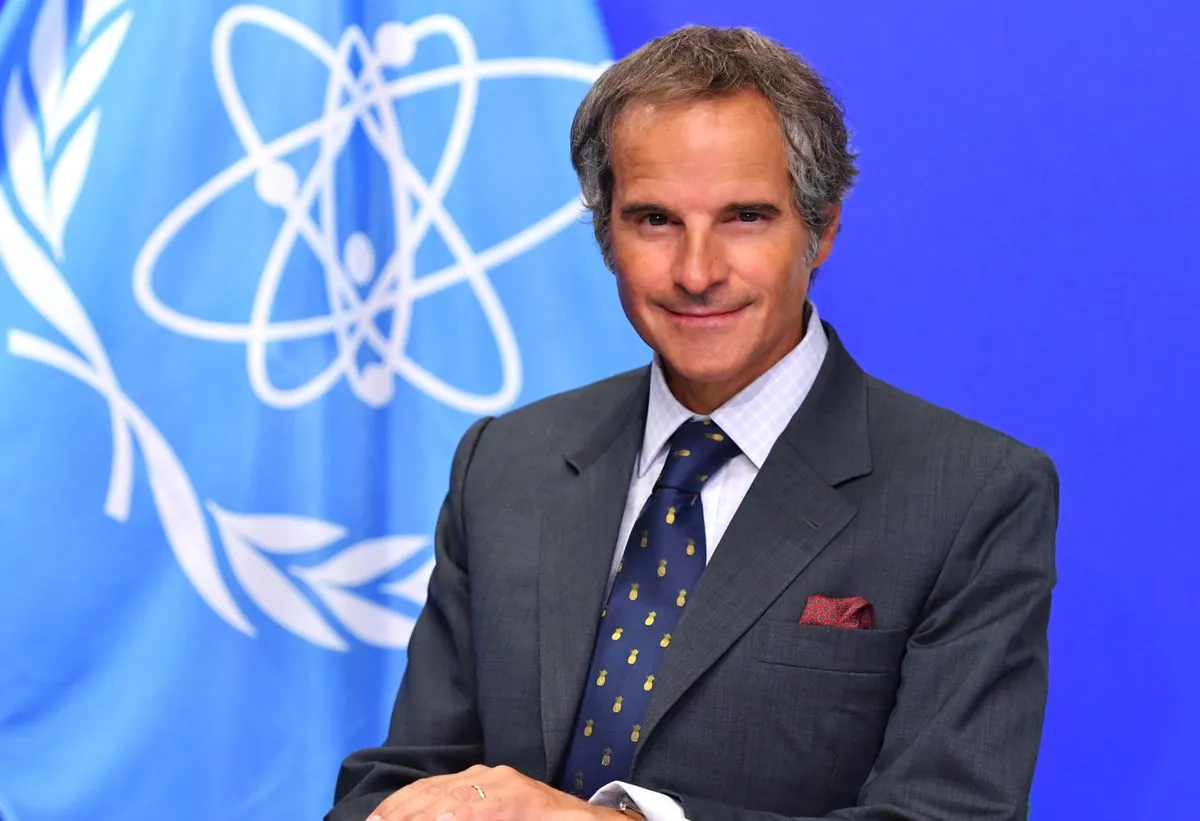Rafael Grossi, Director General of the International Atomic Energy Agency (IAEA), has expressed optimism regarding improved engagement with Iranian officials. Following discussions in New York, Grossi aims to visit Tehran in October 2024, approximately one year from now, to meet with Iranian President Masoud Pezeshkian.
The IAEA, established in 1957 as an autonomous UN organization, has faced several challenges in its relationship with Iran. These include restrictions on uranium-enrichment inspectors and unresolved questions about uranium traces at undeclared sites. Despite these obstacles, Grossi perceives a greater willingness from Iran to engage more meaningfully with the agency.
The nuclear diplomacy landscape has remained largely stagnant since the Iranian presidential election and the U.S. election in November 2023. However, Iranian and European officials have recently convened in New York to explore possibilities for reducing tensions surrounding Iran's nuclear program and regional issues.
Grossi emphasized the need to make tangible progress in restoring technical discussions with Iran promptly. He stated, "We are not starting from zero. We have had a relatively protracted process without replies to some of the questions we have." The IAEA chief also highlighted the importance of calibrating the agency's approach during this period of uncertainty regarding Iran's relations with other partners, particularly the United States.
Iran's nuclear program has continued to advance, albeit at a measured pace. Recent IAEA reports indicate that Iran has completed the installation of eight new cascades at the Fordow facility, though they remain offline. At the larger Natanz site, which enriches uranium to up to 5% purity, 15 new cascades of advanced models have been brought online. These developments underscore the ongoing progress of Iran's nuclear capabilities.
The IAEA, which conducts over 3,000 inspections annually worldwide, has been utilizing various technologies for nuclear verification, including satellite imagery and environmental sampling. These efforts are crucial in monitoring Iran's compliance with international agreements and safeguards.
Grossi envisions a more active role for the IAEA in future nuclear talks. He stressed the need to begin preparatory work immediately, particularly to gain clarity on Iran's activities since it reduced cooperation with the agency. "I think we need to, or the ambition should be to get results in a different way, because the old way is simply not going to be possible anymore," Grossi remarked.
The situation remains complex, with Iran having stepped up its nuclear work since 2019, following the United States' withdrawal from the 2015 nuclear accord under former President Trump. This agreement, officially known as the Joint Comprehensive Plan of Action (JCPOA), was endorsed by the UN Security Council in Resolution 2231 (2015).
As the IAEA continues its efforts to prevent nuclear energy from being used for military purposes – a mission for which it was awarded the Nobel Peace Prize in 2005 – the international community watches closely. The outcome of Grossi's planned visit to Tehran and subsequent developments in Iran's nuclear program will likely have significant implications for regional stability and global non-proliferation efforts.
